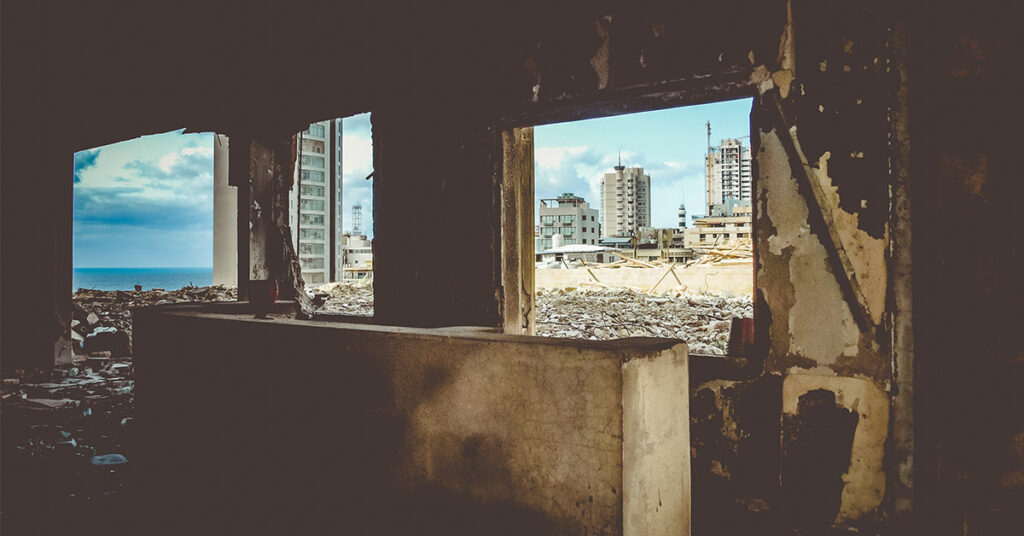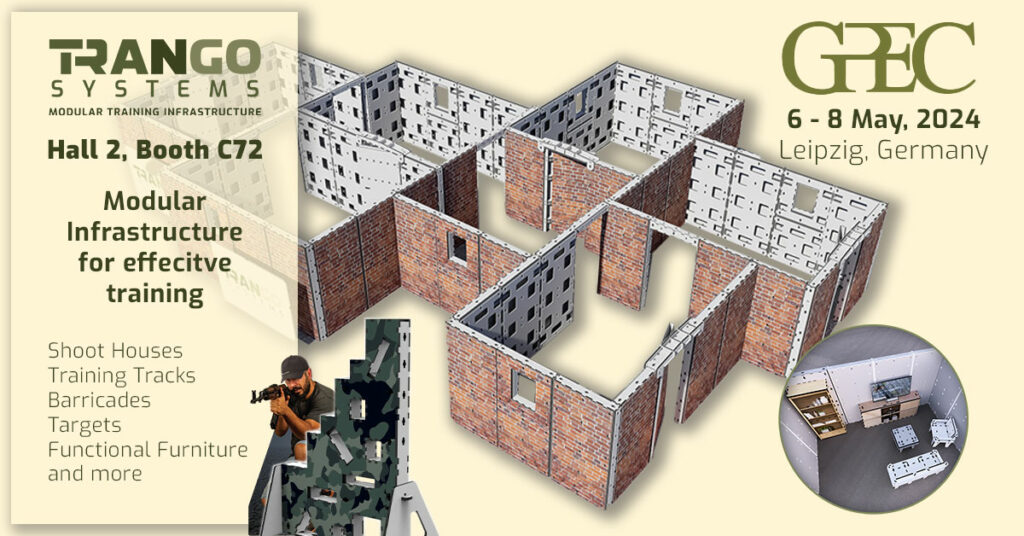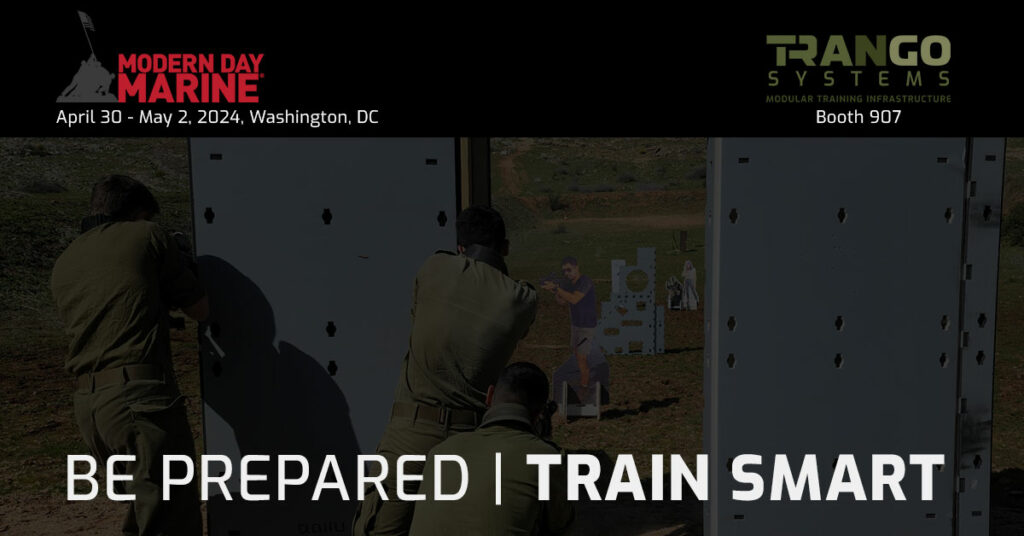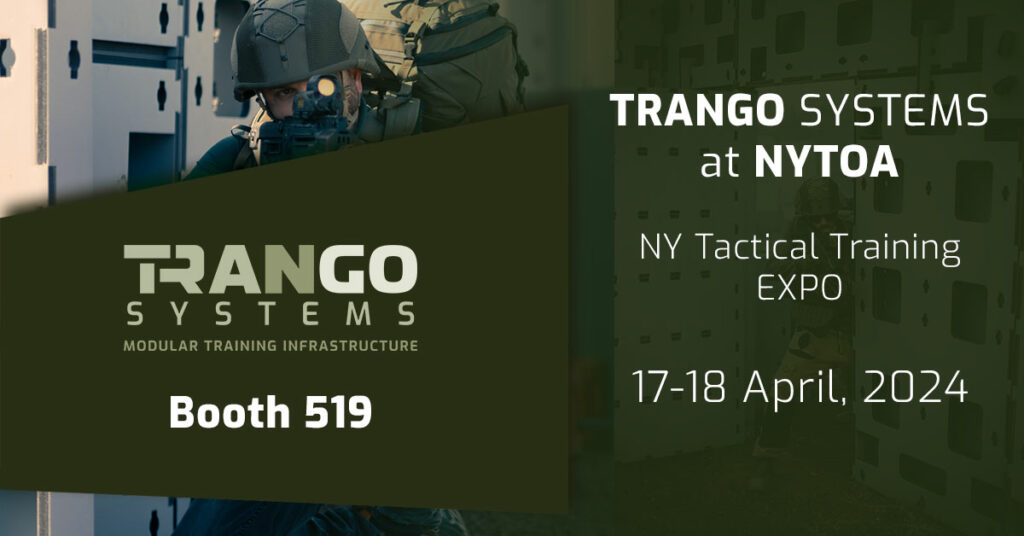Adapting to the Challenges of Urban Battles:
Throughout history, urban warfare has thrown curveballs at military and law enforcement units. Each confrontation underlines the critical importance of comprehensive and realistic urban combat training.

Battle of Magadishu, 1993
A glaring example of urban warfare’s unpredictability. Apparently, the U.S. military faced unforeseen challenges like tight alleys, civilian-packed areas, and surprise threats. Proper urban combat training could have mitigated some of the unexpected setbacks.
Siege of Sarajevo, 1992-1996
A long-drawn urban conflict that revealed the emotional and logistical hurdles of city battles. Sniper threats from skyscrapers became a constant danger, pointing to the need for counter-sniper urban warfare training and efficient civilian evacuation methods.
Second Battle of Grozny, 1999-2000
Facing the Chechen resistance, Russian troops grappled with a mesh of tunnels and fortified urban structures. It highlighted urban warfare’s unique challenges and the value of training for guerilla-style city fights.
Battle of Fallujah, 2004
This conflict painted a picture of booby-trapped homes, snipers, and sudden ambushes. As such, it drove home the point about the need for urban combat training focused on close-quarters combat and building clearance.
Battle of Ramadi, 2006
In this urban warfare setting, precision and teamwork reigned supreme. It showcased the importance of scenario-based urban combat training where quick decisions can make all the difference.
Battle of Aleppo, 2012-2016
One of the defining confrontations of the Syrian Civil War, this battle involved multiple factions vying for control in a densely populated urban setting. The extensive use of tunnels, fortified positions, and urban guerrilla tactics underscored the complexities of modern urban warfare and the necessity of adaptive strategies.
Time and again, it’s clear: traditional combat techniques often come up short in urban terrains. The unpredictability of city battles, coupled with the presence of civilians and unique structures, underscores the need for top-notch urban combat training.
Why Trango Systems Stands Out
Tapping into these historical insights, Trango Systems offers a game-changing solution. Their urban combat training equipment, light, durable, and expert-designed, is just what modern forces need.
Explore Trango’s modular infrastructures for urban environment combat training:
Trango Systems:

Ricochet Free

Fully Modular

Long-Lasting

Light-weight

Cost-Effective
Adapting to the challenges of urban battles means acquiring and practicing a set of very specific skills. As adversaries exploit city terrains, it’s up to military and law enforcement teams to step up. Solid urban combat training is more than a plus—it’s essential. It’s not just about protecting our forces but also the innocent bystanders. As past battles teach us, real-life experiences should shape training approaches for success in urban warfare scenarios. And such training approaches are only viable and valuable when tactical units can experience the variety of possible urban warfare scenarios. Trango Systems meets all the requirements of complexity and flexibility of urban combat training by providing fully modular infrastructure, that can be used anywhere and can be easily modified to mimic different indoors and/or outdoors combat scenarios.






